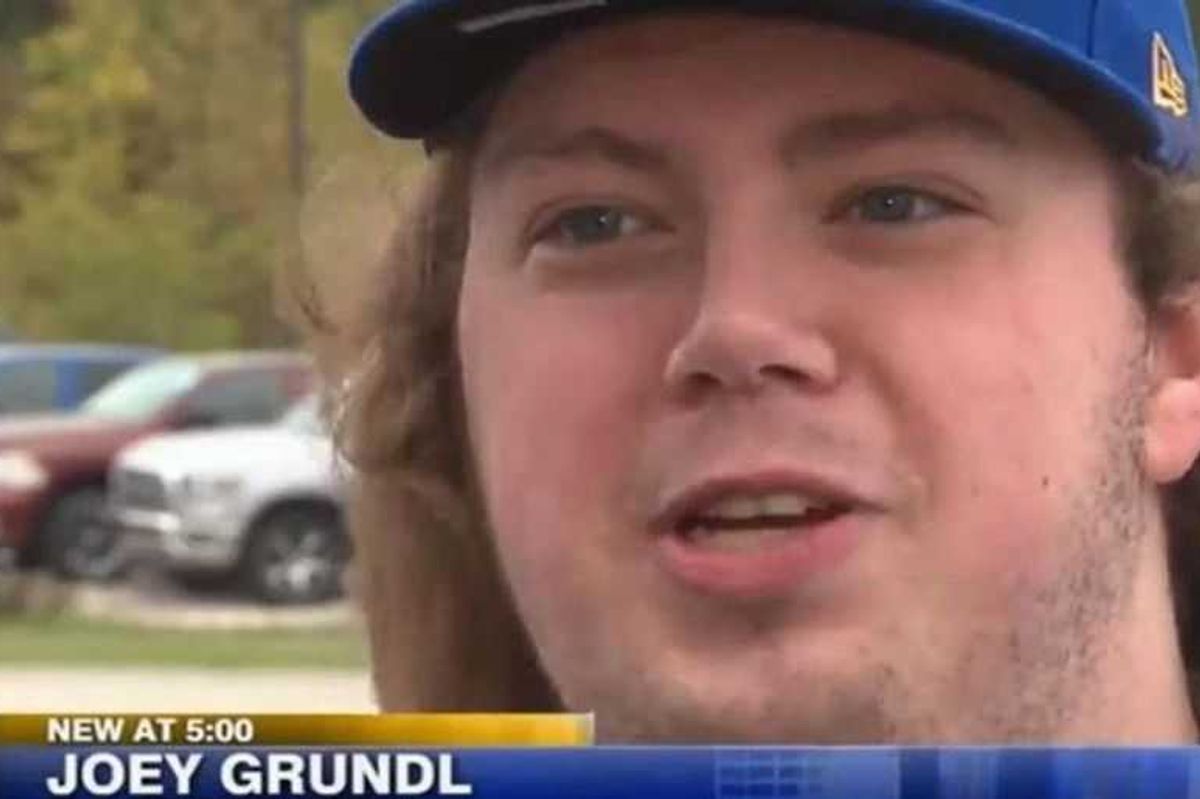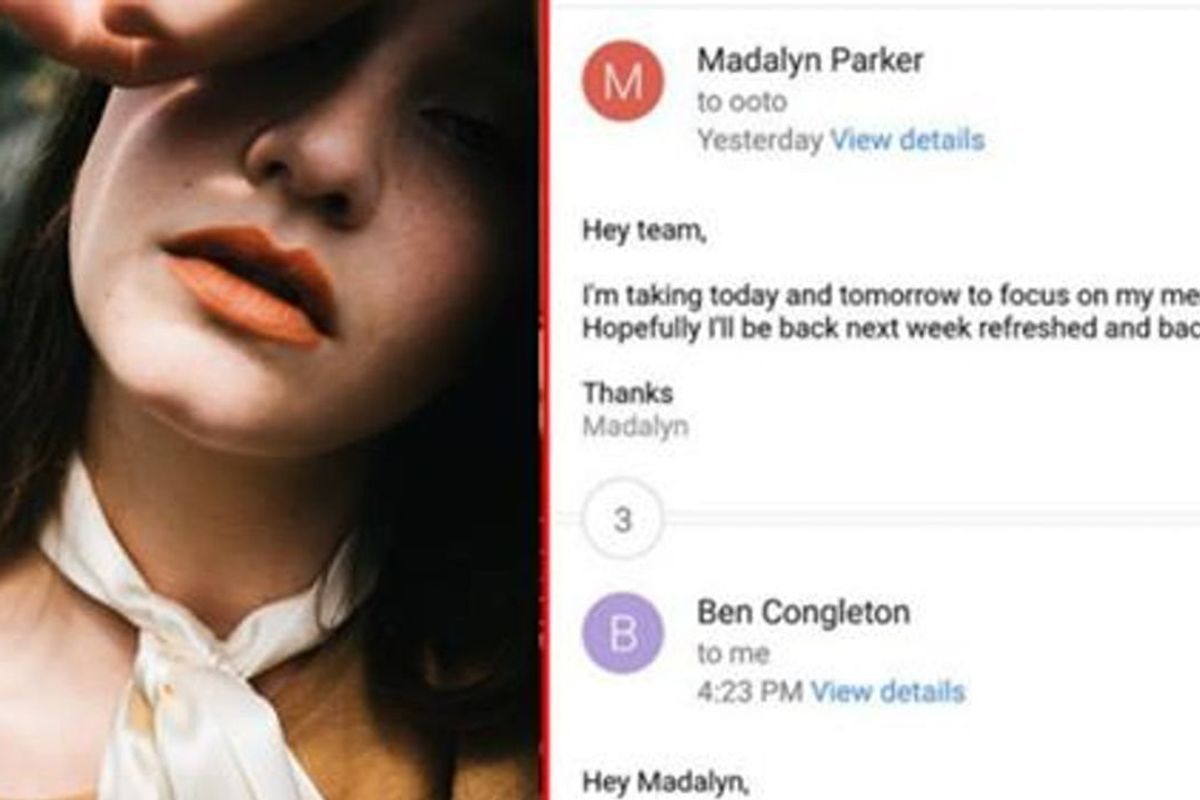Some birds started to die off, so a high school science teacher used a drone to protect them.
Another cool use for drones? Helping to save bobolinks from extinction.
Have you ever heard of a bobolink?
Meet the bobolink! Photo by Rob Porter/Flickr.
It's a bird that nests in the northern United States and southern Canada before making an impressive flight all the way to South America each year, where it resides for the winter months.
The bobolink is a "threatened" bird species, which means it's likely to be endangered soon.
Over 80% of the bobolink population has been lost in the past 40 years, according to the Committee on the Status of Endangered Wildlife in Canada.
Why? Mostly because their only nesting habitats — on the ground in fields, grasslands, and prairies — have shrunk, so they've started nesting in farmers' hay fields instead.
The catch is this: Hay harvesting — when big farm machines move across the fields to cut hay — and nesting happen at the same time. So bobolink nests are often decimated before the young birds grow feathers and gain the strength to leave the nest.
But Tom Franklin, a high school science teacher and a cow-calf farmer in Port Elgin, Ontario, had an idea about how to protect these nesting birds.
The common suggestion for protecting bobolinks is that farmers should wait to harvest their hay. But that approach means the hay ends up being lower in quality than if it were harvested during its peak.
Tom had a different idea. What if farmers could use drone technology to locate bobolink nest sites from the air with infrared imaging? Then, they could establish the GPS location of nests, and they wouldn't ruin them.
Drones are pretty cool. Here's the one Tom uses! Photo via Tom Franklin, used with permission.
"It was very difficult to find a drone for use in agriculture," Tom says, "The first quote I got was for $25,000. I realized it would be cheaper to make one myself."
Tom ran a successful Kickstarter earlier this year and raised 3,300 Canadian dollars ($2,519), money he used to purchase a drone and a thermal imaging camera.
Last summer, Tom flew his drones to test the idea for the first time.
"The birds weren't bothered by the drone; they seemed interested," Tom says. "In the future, though, the camera would need to be military grade." Because of the camera he used, he says he got a lot of false positives on nesting locations.
Once bobolink nests are located, Tom suggests using what he calls "conservation haying," a process that avoids bobolink nesting locations when cutting hay. It's basically a haying practice that maximizes both hay quality and grassland bird breeding success.
And he learned something cool about the bobolinks, too.
They were nesting in the middle of the field, as far away from the perimeter as they could get, in a place he started calling "a wildlife island in the middle of the hay field."
"Wildlife island." Photo via Tom Franklin, used with permission.
Tom says that avoiding the middle of the field when doing the first cut of hay — a small area in relation to the perimeter — could keep bobolink nests mostly undisturbed.
And while he doesn't think all farmers need to get their own drones (nor would many want to, likely), he says that "there's a disconnect between the farming community and researchers," and he hopes his project can be a bridge between the two groups.



 Tony Trapani received the most important letter of his life, but he didn't see it for 50 years Photo by
Tony Trapani received the most important letter of his life, but he didn't see it for 50 years Photo by  Tony and Samuel didn't waste time thinking about what might have been if he'd seen the letter earlier. Photo by
Tony and Samuel didn't waste time thinking about what might have been if he'd seen the letter earlier. Photo by 
 A teacher in front of her class.Photo by
A teacher in front of her class.Photo by  Students taking a test.via
Students taking a test.via  Students around a computer.via
Students around a computer.via 

 Dean Hoffmann's mugshot.
Dean Hoffmann's mugshot.  Nonverbal cues are often the only safe way a victim can communicate.
Nonverbal cues are often the only safe way a victim can communicate.
 Parker, on the edge of burnout, knew she needed to step away. Photo by
Parker, on the edge of burnout, knew she needed to step away. Photo by  The office is not always the best environment for mental health. Photo by
The office is not always the best environment for mental health. Photo by